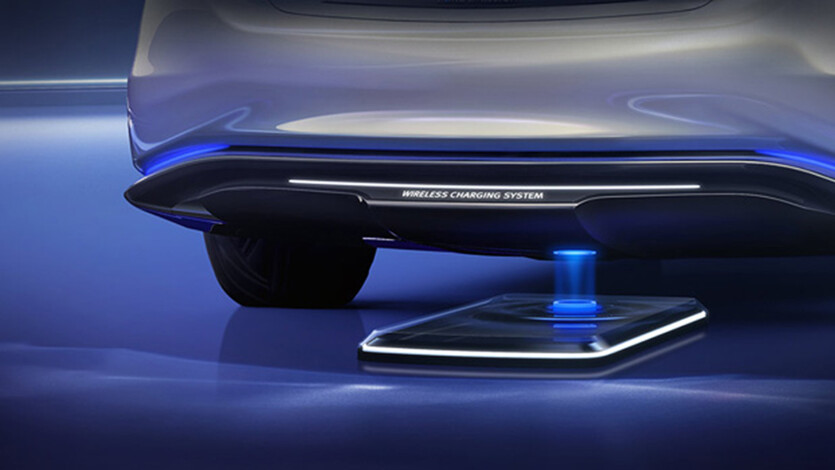
Several new patents have revealed Tesla’s wireless home charging station for electric vehicles. The applications cover current leakage reduction, sensors, circuit topology, and parameter estimation.
The wireless charger eliminates the need for a cable connection, which is not an impossible task. Nevertheless, Tesla is committed to automating the operation of cars, and therefore made sure that the car can be charged without human intervention, just standing in the garage.
There is also the issue of efficiency. Historically, wireless means have been less efficient than charging with a cable. Some of the latest solutions, like magnetic resonance charging, can give up to ~95%, just like a cable. But for years, Tesla has favored an automated robotic arm for wired charging.
Last year, Tesla released images of a wireless home charging station. The automaker has never commented on it, the image was part of a presentation, but it clearly shows a wireless charger. Tesla also acquired a startup that focuses on wireless charging, sold it again, but integrated some of its employees.
Recently, Tesla’s chief designer Franz von Holzhausen confirmed that Tesla is working on a wireless charging panel. Earlier it became known that the Cybertruck has inductive charging connectors, which hints at the possibility of upgrading with a wireless device.
Tesla has now applied for the following four patents:
- Switch to reduce ground leakage current during inductive charging
- Temperature sensors and use for wireless charging
- Wireless charging circuit topology and corresponding manufacturing methods
- Evaluation of wireless charging parameters



It is not known when Tesla plans to present its wireless charging technology, but it would not be surprising if it appears at the presentation of the company’s RoboCar next month — this technology is more related to self-driving vehicles that will be able to charge when no one is around to connect the cable.
Source: Electrek




Spelling error report
The following text will be sent to our editors: